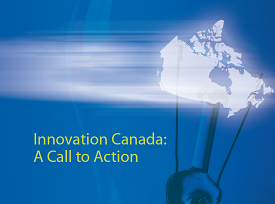Radioactive medicine without the nuclear headache
The Globe and Mail A made-in-Canada solution to our medical-isotope problem could come from a machine with a name that could have been pulled straight from the pages of a science fiction novel: the cyclotron. “It was really pooh-poohed, this idea of using cyclotrons; they said there was no way we could produce enough in a commercially meaningful way,” says John Wilson, the cyclotron facilities manager at the University of Alberta’s Cross Cancer Institute. In mid-2010, scientists at the University of Sherbrooke and the University of Alberta made technetium-99m, the most commonly used medical isotope, without a nuclear reactor. Last … Read more…





